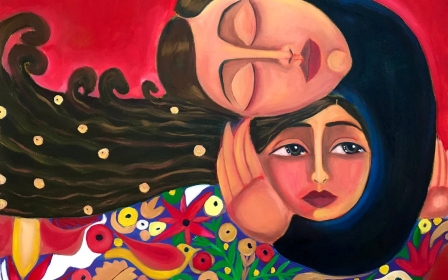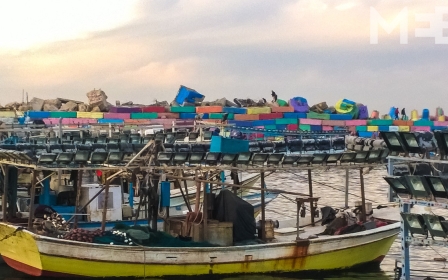
In pictures: Exploring the bond between Palestinians, their land and sea
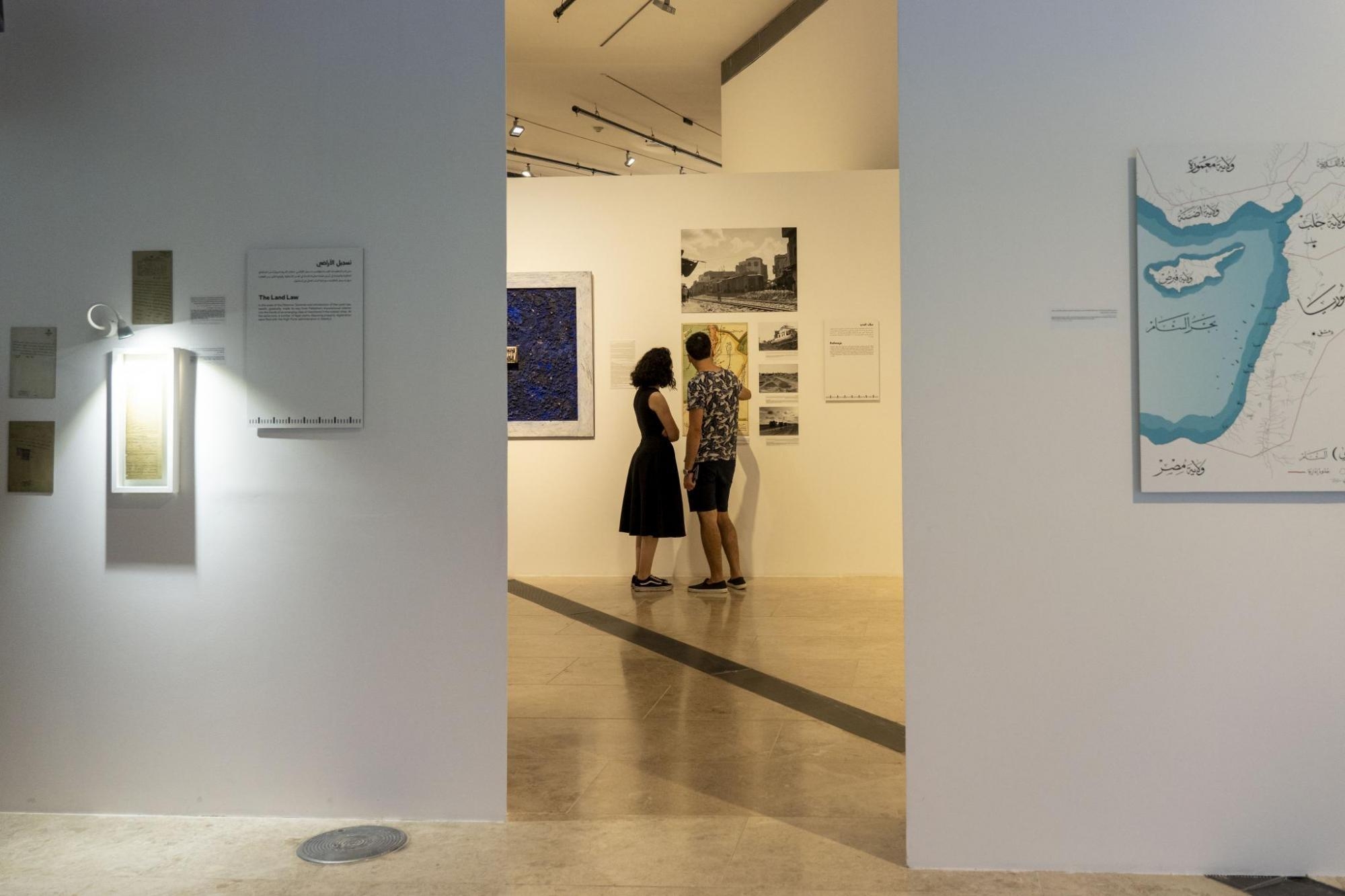
Often, any mention of Palestine conjures images of tensions, politics and occupation. However, Palestinians have a long and rich history with the sea and life in coastal towns, dating back to the mid-18th century.
A People by the Sea, a new exhibition at the Palestinian Museum in Birzeit, aims to change the standard depictions of Palestine and showcase stories that are often overlooked. The show explores the past, present and future of Palestine through a lens that conveys the narratives of people who have lived there and witnessed their home towns change over time.
“The idea behind the show, which covers a time period from the mid-18th century up to 1948, is to share a vision of the profound bond of the Palestinians with its land and sea,” says curator Ahmad Al-Aqra, who co-curated the show with artist Inass Yassin.
The exhibition includes the rise of the city of Akka (Acre), presenting its political, economic, urban and architectural history before modern states’ formation in the region. A second narrative focuses on the rise of Yafa (Jaffa) in the 19th century, with the gradual concentration of capital and trade in Palestine’s coastal cities.
Also shown is how European influence in the mid-19th century led to the Nakba (Catastrophe) in 1948.
One of the main aims of the exhibition is to allow visitors to reflect and gain a deeper insight into Palestinian life, as well as to inform.
"The exhibition, along with its publications and accompanying public, educational, and intellectual activities, constitutes a new direction in knowledge production on Palestine,” says the Palestinian Museum’s director, Adila Laidi-Hanieh.
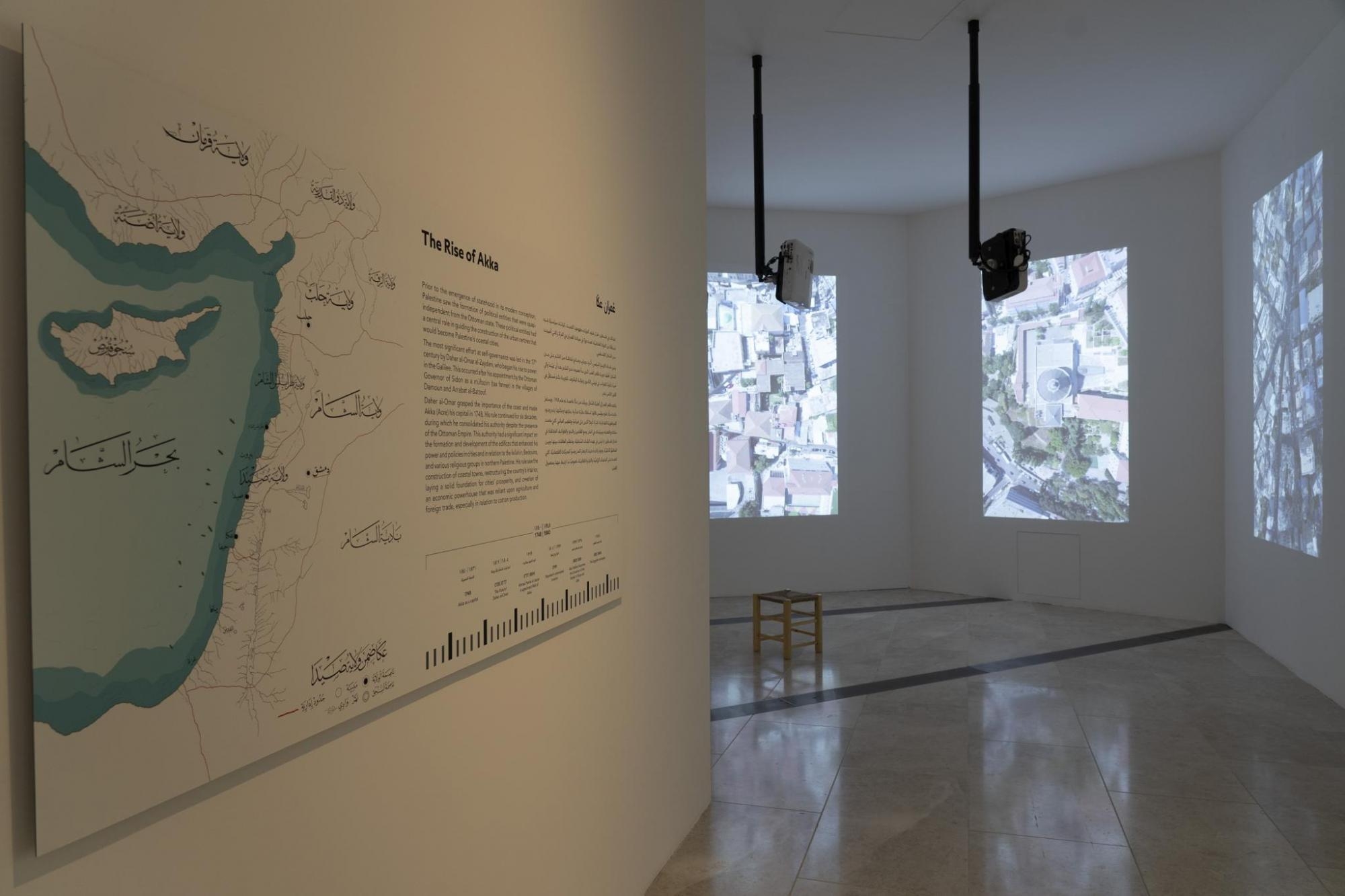
The show presents a wide range of commissioned artwork, archival images, videos, artefacts, maps and historical documents.
Both co-creators, Aqra and Yassin, spent a long time researching the different aspects of the seaside in Palestine, and the culture, economy and history surrounding it, before putting together the exhibition.
In order to combine the artwork with archive documents, they issued an open call for artists to come forward.

One of the most striking pieces of artwork is a multimedia installation called Shamoti, which shows the process of planting, harvesting and exporting oranges in Jaffa.
The rounded structure of the installation was carefully designed to give the viewer an immersive experience of orange cultivation and trade. When stepping into the structure, the visitor is greeted with a range of photos showing the production and export of the oranges, from being picked in groves until they are packed up for shipment.
To make the images stand out further, they are presented using a stereograph whereby two images merge into one, giving the illusion of multidimensionality, with reproductions of newspaper adverts associated with the orange trade and some of the challenges faced during the process.

An installation by Essa Ghrayeb shows pieces cut out from different objects that were collected off the shore of Haifa.
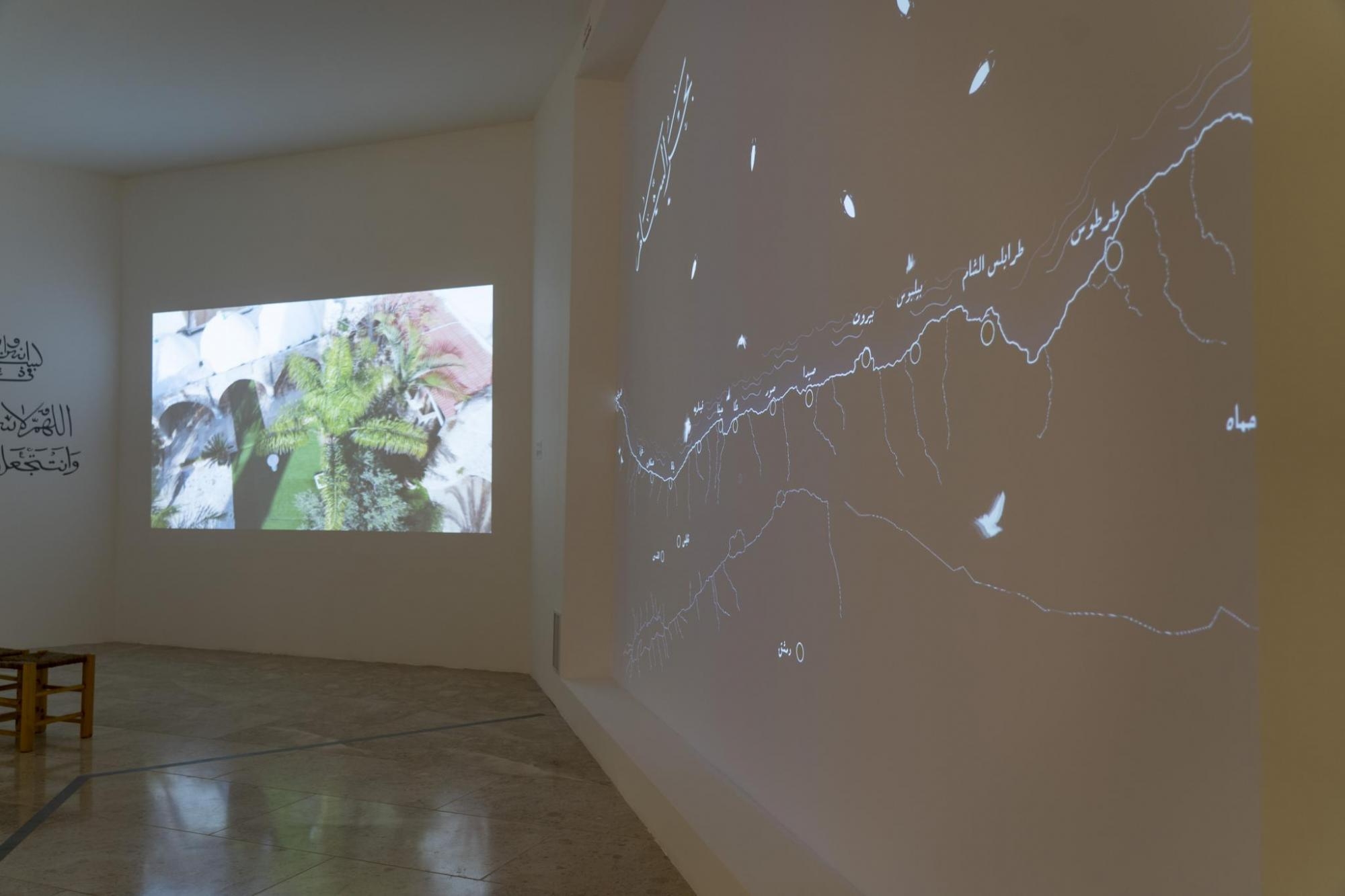
Throughout the exhibition, interactive elements are used to explore key themes around the Palestinian coast. One map presents animated infographics about the booming agricultural trade in the Mediterranean from the 18th century until the beginning of the 20th century.
The map also shows sea shipping pathways that contributed to global trade, including Palestinian seaports.

Reflecting on the Nakba, one of the multimedia installations revolves around the novel Al-Tantouriah by Radwa Ashour, which is set in Palestine and documents stories collected from interviews conducted with survivors of the Tantoura massacre in 1948 - where Zionist gangs murdered more than 200 people, and exiled most of its people.
The installation combines photos, interviews and videos which play alongside quotes from the novel, weaving together elements of culture and history, as well as providing information on the Nakba.

“I believe the most beautiful and original piece in the exhibition is Amir Al Zubi’s work Cold Floors” says Aqra.
“The artist recreated the map of Jaffa in 1946 by collecting the pieces of tiles from Al Tamam area in Jaffa, a name which means rubble. During the Nakba, Zionist militias destroyed that area of Jaffa and threw the rubble in the sea. Over the years, the tiles ended up washed off the shores of the city.”
Middle East Eye delivers independent and unrivalled coverage and analysis of the Middle East, North Africa and beyond. To learn more about republishing this content and the associated fees, please fill out this form. More about MEE can be found here.



